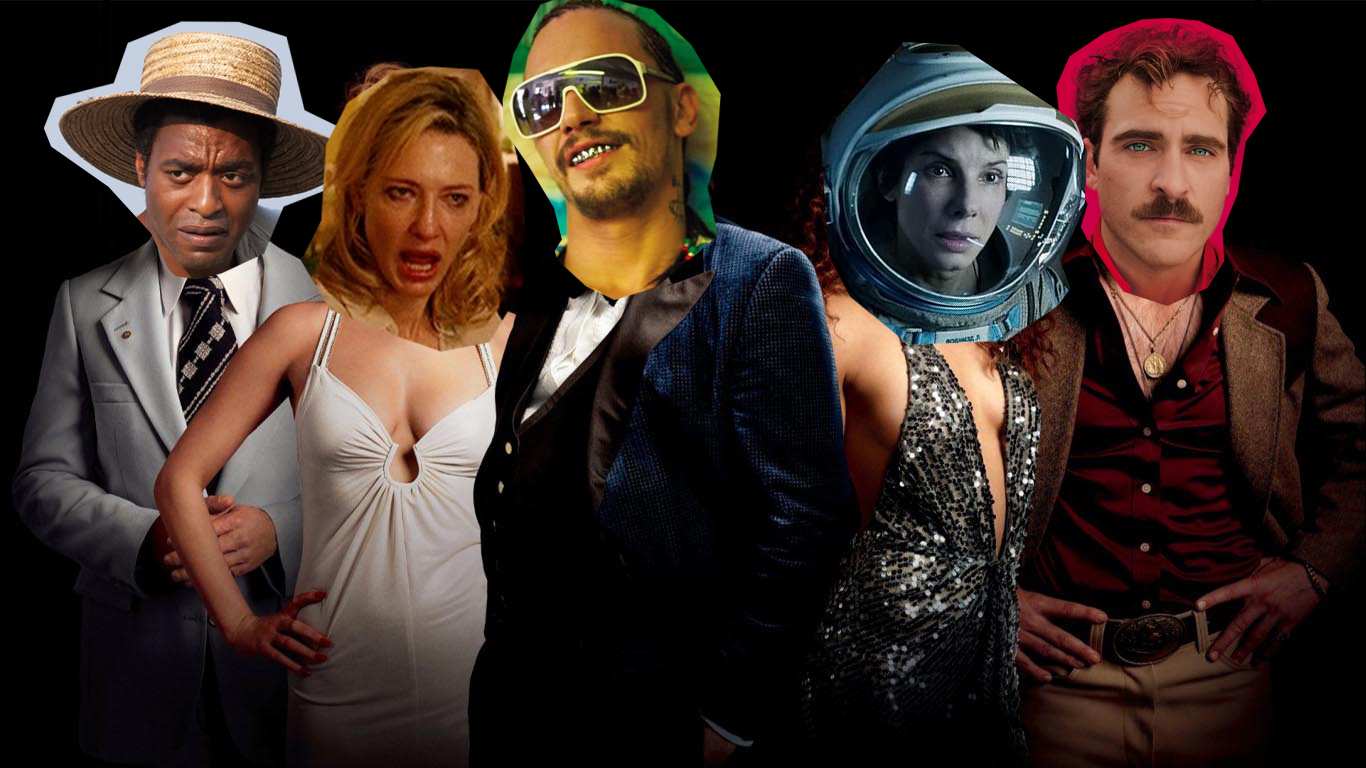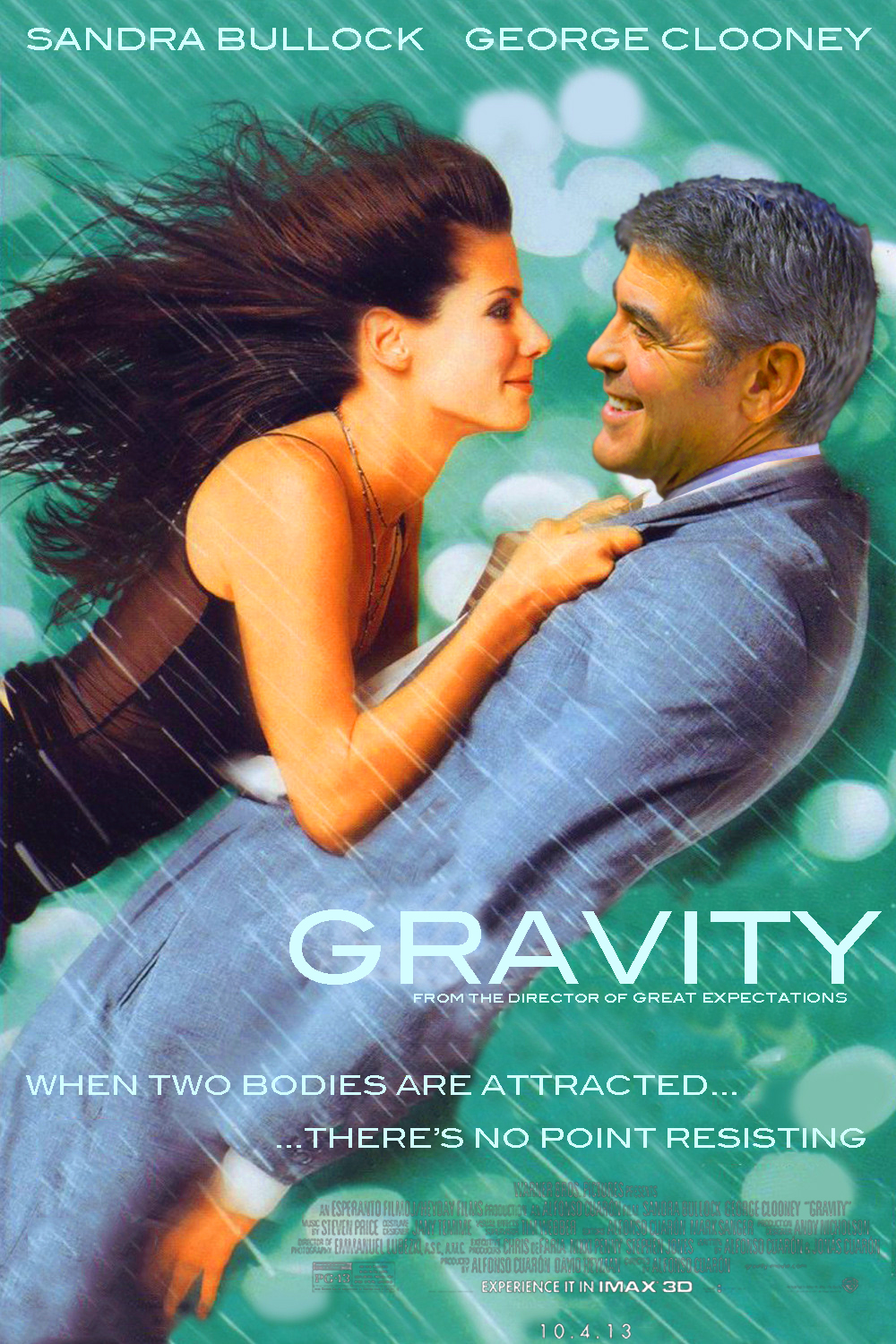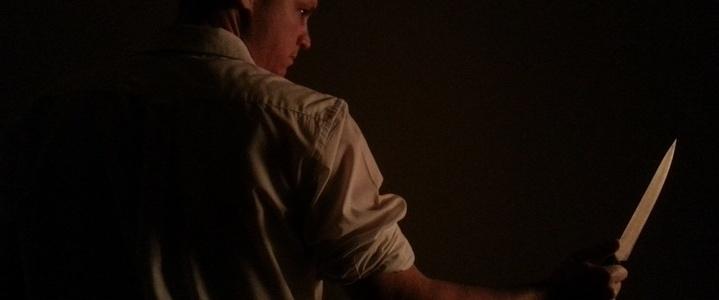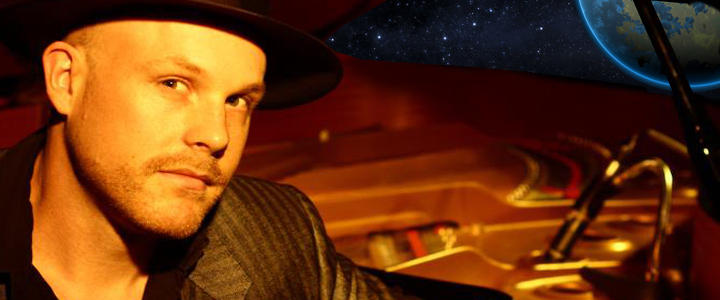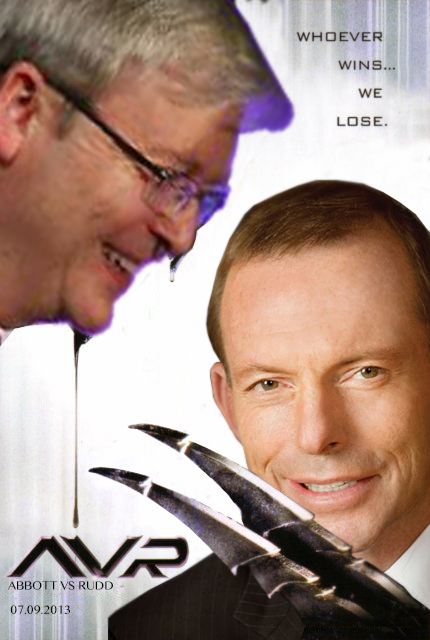
For a show about time-travel that’s been running off and on for fifty years, it’s amazing that Doctor Who – turning fifty this weekend – has such solid continuity. Fans may complain about its endless contradictions, but when you consider that everything about the show was made up as it went along, and that it never had the same writers or producers for more than a few years at a time, it’s utterly remarkable that it all hangs together as well as it does.
So I want to celebrate this fact with this list. It’s a list of the times Doctor Who has folded back on itself, but it’s way more than just a “Hey, remember that first thing? Well, here’s a winking reference to it!”. No, this list is about things from Doctor Who’s past directly affecting its future. Or – in the follow-on from that sentence that’s no less true despite its inevitability – its future affecting its past. This is some mind-bending, important, crazy stuff. It’s probably only of interest to the most hardcore Doctor Who fans amongst you, but I’ve tried to write in such a way that those unfamiliar with the show will still be able to follow. If nothing else, my use of punctuation should be universal.

Weird. They completely renovated everything in the room except for this one book.
10. Children of the Revolution
After making a big fuss over the show’s 20th anniversary in 1983, Doctor Who producers were wisely keen to avoid doing the same thing over again in Year 25, so opted for a more subtle form of celebration. The highlight of this was 1988’s Remembrance of the Daleks, a story that took place back in 1963 just after the First Doctor had left to begin his adventures. (I love that the show had been running so long at this point that its own first episode was now considered part of the distant past.) In that original 1963 story, The Doctor’s granddaughter Susan was seen standing in a science lab, reading a book about the French Revolution. Interrupted, she places it down on a table. Fast forward a few days to the events of 1988’s Remembrance, where the Seventh Doctor’s companion Ace wanders into the science lab at Coal Hill School and picks up the same French Revolution book. It may seem like a minor piece of connective tissue, but it’s one that made the unwieldy, erratic history of the show feel excitingly like a cohesive whole.

A cunning tactic if you’re losing a chess game you’ve been playing for thousands of years.
9. The Long Game
Surprisingly, the concept of a multiple year-spanning story arc is a relatively new concept in television, and one that only began to take hold in the early 2000s. So, Doctor Who was once again ahead of its time in 1989 when it revealed that we’d been watching an arc and hadn’t even realised. In 1989’s The Curse of Fenric, the classic show’s penultimate story, The Doctor confronts the Fenric, an age-old evil he’s been battling for millennia. The Fenric’s been stalking The Doctor throughout the past two years’ worth of stories, and, unbeknownst to us, The Doctor has noticed. “Before that, Time Lord,” taunts the Fenric. “Before Cybermen. Ever since Iceworld.” Wait a second – all of those clues we’d been witnessing over the past two years were connected? Deliberately? Doctor Who didn’t do that! Hell, television never did that! The show would be cancelled only a few weeks later, with viewers left tantalised by this exciting new storytelling device. It would only be a scant sixteen bloody years before the series returned, bringing with it the sort of fashionably-complicated 21st century story arcs that would make the Fenric’s head spin. Which, given he’s an evil monster from the dawn of time, is probably something it does without much prompting.

You wouldn’t think this pleasant river punt would become needlessly complicated, and yet…
8. Deja Vu
Okay, bear with me here. In 1979, industrial action meant that the Tom Baker season finale Shada had to be stopped halfway through production. This was a tragedy, because season 17 isn’t all that fondly remembered, and ending on a mind-bending Douglas Adams script would have done it and us the world of good. But with the story only half-filmed, the whole damn thing had to be shelved. Fast forward to 1983, and Tom Baker decides not to take part in 20th anniversary story The Five Doctors. Producer John Nathan-Turner cannily uses the as-yet-unseen footage from the beginning of Shada, having a spinning triangle of doom (which was used to capture all the previous Doctors in the story) kidnap he and his companion Romana, leaving them conveniently stuck in a time vortex for the remainder of the story. Hey, we’ve all been there. But that’s not even the best bit. Jump to 2003 and the show’s 40th anniversary. Doctor Who’s big comeback was still two years off and the show was a distant memory, but the BBC was still keen to do something special. So they create an animated special using the original Shada script, this time with incumbent Eighth Doctor Paul McGann in the role. Only this version begins with him finding Romana (now the President of their home planet Gallifrey) and saying something along the lines of “Hey, remember that Shada adventure we headed to Cambridge for that time? Well, it turns out we got scooped up by that weird triangle and it never happened, so now we have to go back do it again.” I’m paraphrasing, obviously, but how do you not love that? Really, they could have easily got away without mentioning any of it, but that’s the magic and insanity of Doctor Who in a nutshell: even the bits that are frantically gaffer-taped back together eventually become part of the canon.

“Mr Hartnell? I was born eleven years after you died, but it’s a pleasure to be working with you.”
7. The Impossible Girl
The mystery of The Impossible Girl, Clara Oswin, was finally solved in the most recently-aired episode, 2013’s The Name of the Doctor. In order to save the Doctor from a fearsome villain, Clara throws herself into the Doctor’s timestream, somehow creating multiple versions of herself throughout time and space who all help the Doctor in some way throughout his long life. The absolute coolest one is the one that opened the episode: Clara appears on the Doctor’s home planet Gallifrey, telling First Doctor William Hartnell – appearing once again thanks to stock footage and clever CGI – precisely which TARDIS (aka time machine for any civilians yet to give up on this post) he should “borrow” in order to start his epic travels. Watching a 2013 cast member interact casually with a 1963 cast member was the best anniversary treat a fan could hope for, and the anniversary special itself was still six months away.

The Time War: an impossibly vast, unimaginable war represented here by some buildings on fire.
6. The Time War
When Doctor Who was resurrected in 2005, showrunner Russell T Davies wanted it to be a continuation of the old show, but didn’t want modern audiences to have to worry about decades of pesky back story. His solution? The Time War: a massive, paradoxical, destructive battle between the Time Lords and the Daleks across space and time, which resulted in the death of basically everyone who wasn’t The Doctor. That way, any continuity issue could be dismissed with “Time War!” in a way that would satisfy general audiences and hardcore fans… insofar as hardcore fans can ever be satisfied by anything. But here’s the thing: according to Russell T Davies (and fans who subsequently filled in the remaining gaps), it turns out that we actually bore witness to the start of the Time War in the original show. When the Time Lords sent the Fourth Doctor back in time to destroy the Daleks at the moment of their creation (1977’s Genesis of the Daleks), that right there, says RTD, is the first shot in the Time War. The next big shot? The Seventh Doctor tricking the Daleks into destroying their own home planet Skaro (1988’s Remembrance of the Daleks). Epic, right? So, to summarise: the Time War is a way of ensuring you don’t have to go back and watch the classic series – but go back and watch the classic series to find out how the Time War began!

“I hold in my hand the weirdest piece of foreshadowing ever.”
5. London Underground
In the 2012 Christmas Special The Snowmen, Matt Smith’s Eleventh Doctor is in 1892 trying to confound a mysterious force known as The Great Intelligence by presenting a MacGuffin contained within a tin lunchbox that just happens to have a map printed upon it. “You know what this is, big fella?” taunts The Doctor. “A map of the London Underground circa 1967. Key strategic weakness in metropolitan living if you ask me, but then I have never liked a tunnel.” The Doctor is babbling on in the hopes of distracting his foe, and though that particular gambit doesn’t work, he is ultimately triumphant and The Great Intelligence is defeated. At the end of the story, the standard Doctor Who question asked: “Do you think it’ll come back?” The Doctor is tutting to himself: “The Great Intelligence,” he says. “Rings a bell.” It should. In 1967’s The Web of Fear, the Second Doctor battled the Great Intelligence in – you guessed it – the London Underground. But when The Snowmen was broadcast, you couldn’t actually watch The Web of Fear, as the BBC had destroyed the story as part of its standard 1970s junking procedures. Then, in October of this year, it was announced that the story had been miraculously found, and the BBC released it immediately via iTunes. Totally unconfirmed scuttlebutt suggests writer Steven Moffat knew all along that the story was back, and wrote that scene for this exact reason. Whether true or not, the Second Doctor can now blame his future self for giving The Great Intelligence the idea in the first place, the bastard.

If you think this picture needs any sort of context, you need to watch this show some more.
4. The Only Water In The Forest Is A River
When The Doctor ran into mysterious archaeologist River Song in 2008’s The Silence In The Library, it was clear she knew exactly who he was, even though he’d never seen her before. She pulled out a TARDIS-shaped diary to figure out “where” they were in their respective timelines; such is the complication when both parties are time-travellers. But then River Song died, making his first meeting her last. What came next was a series of twisty, turny revelations about where River came from and what The Doctor’s role in it all was. Our minds were bent as they continued to meet up in the wrong order, each time pulling out the diary to figure out where the hell they were in relation to one another. (River’s catchphrase is the exceptionally meta “Spoilers!” whenever The Doctor gets too curious about his own future.) But how much of their relationship was planned? Go back to her very first appearance in 2008 and you’ll see a whole lot of seeds planted tantalisingly far in advance. River, checking her diary, asks: “Crash of the Byzantium. Have we done that yet?” (The crash of the Byzantium occurs in 2010’s The Time of Angels.) “I’ve seen whole armies turn and run away.” (2010’s The Pandorica Opens.) “The last time I saw you, the future you, you turned up on my doorstep with a new haircut and a suit. You took me to Derillium to see the Singing Towers.” (2011’s Last Night.) This is the sort of time-travelling romance that only Doctor Who could do. And it worked in the opposite direction as well. Take this heart-breaking and inadvertently-accurate prediction from River in 2011’s The Impossible Astronaut: “The day is coming when I’ll look into that man’s eyes, my Doctor, and we won’t have the faintest idea who I am. And I think it’s going to kill me.” Tears, people. Also, total brain cramp.

Once again, Matt Smith is entirely to blame for this.
3. Captain Avery’s Treasure
As the youthful Eleventh Doctor Matt Smith twirled his way into his second year as the Doctor, he found himself swashing his buckles aboard a classic pirate ship in 2011’s The Curse of the Black Spot. Here he tussled with the treasure-hoarding Captain Avery (Downton Abby‘s Hugh Bonneville), whose crew was being slowly picked off by a terrifying, mysterious force. By the end of the story, Captain Avery’s learned a lesson about being a good father, and takes off in an abandoned spaceship to roam the stars. (That particular development makes slightly more sense in context.) What makes that plot so mind-blowing? To answer that, I give you the 1966 story The Smugglers, in which The Doctor and his friends encounter a group of pirates in 17th century Cornwall. These pirates, believe it or not, once worked for a Captain Avery, and are now searching for his lost treasure, which has disappeared under extremely mysterious circumstances. The Smugglers, at time of writing, is missing from the BBC archives, so you have to ask yourself: what kind of show is ballsy enough to make a prequel to an episode from 45 years earlier that doesn’t even exist any more?

“Feels Daleky.” “Nailed it.”
2. Sensing Evil
Sometimes, the best moments are entirely accidental. The First Doctor lands in contemporary London in 1966’s The War Machines. Stepping out of the TARDIS, he remarks that he is experiencing a dark foreboding. A feeling, he notes, that he’s only ever had when he encounters the Daleks. The villain of the piece turns out to be WOTAN, a self-aware computer who plans to take over the world, as they do. The Doctor defeats it (spoiler alert) with the help of new friends Ben and Polly, who accidentally get whisked away with him on his next adventure. They witness the Doctor’s first ever regeneration, and continue travelling with the Second Doctor up until 1967’s The Faceless Ones. This story is also set in contemporary London, and, The Doctor informs them, just happens to be the same day they first left! This allows Ben and Polly to return to their lives without anyone ever knowing they’re gone. The Doctor and his remaining companion Jamie prepare to head off, but before they can, the TARDIS is stolen and they’re thrust into a whole new adventure in the exact same time and place as their last one. In this one, they discover the Daleks have set up shop in London and are engaged in their usual dastardly plans. So if these two stories, The Faceless Ones and Evil of the Daleks, take place at the same time as The War Machines, then there were two Doctors running around London having concurrent adventures. But, more importantly, when the First Doctor stepped out of the TARDIS and sensed the Daleks, he’ll be relieved to know that he was completely correct! It would just take him a bloody long while to figure this out.

The mystery of “Who aged better?” didn’t keep audiences vexed for long.
1. That Face… You Were There At The Very Beginning
The best type of continuity reference is actually not one that has you rushing to the internet to figure out how fold A fits wonkishly into slot B: it’s one that producers an almighty shiver down your spine. That’s how it went with the David Tennant-starring 2008 epic season finale two-parter The Stolen Earth/Journey’s End. Many of The Doctor’s friends reunited, including the perennially-popular 1970s companion Sarah Jane Smith (Elisabeth Sladen), who proved so successful in her 2006 return that she was given her own spin-off show, The Sarah Jane Adventures (2007—2011). In The Stolen Earth, swarms of Daleks invade our planet. Sarah Jane, who had encountered the Daleks more than once in the 1970s, clutched her newly-adopted son Luke and, shaking in terror, cries, “Oh god… he’s so young.” The abject fear in Sarah Jane’s eyes and voice was, hands-down, the scariest the Daleks had ever been. But that wasn’t the payoff. No, that comes later in the story when the Daleks’ creator Davros, a raisin-skinned mad scientist in a Dalek-esque wheelchair, in the midst of confronting The Doctor suddenly hears Sarah Jane’s voice. “Impossible! That face… after all these years. You were there on Skaro at the very beginning of my creation,” whispers Davros, recognising Sarah Jane from 1975’s Genesis of the Daleks. From Davros’s point of view, it’s hundreds and maybe thousands of years since he saw Sarah Jane. So when the two of them face one another down, the weight of history hanging between them from stories that aired 33 years apart, the power of Doctor Who’s legacy shone harder than it ever had. No TV show in history has ever matched the level of epic grandeur than when those two characters stood there in fear and awe of one another.
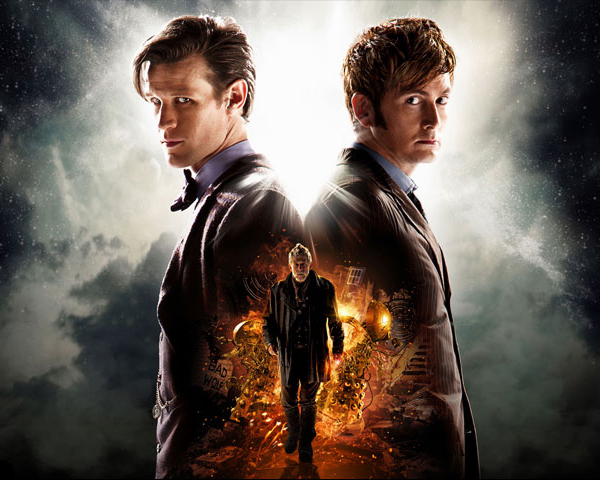
Given we’re mere hours away from the massive 50th anniversary story The Day of the Doctor, and given the anniversary shows have a tradition of calling back to the past, and given it’s written by the continuity and paradox-loving showrunner Steven Moffat, I expect it will contain enough references and complicated continuity callbacks to render the above list obsolete. Hell, even the prequel minisode The Night of the Doctor has made canon nuts sit bolt upright. God, I love this show. Happy birthday.
